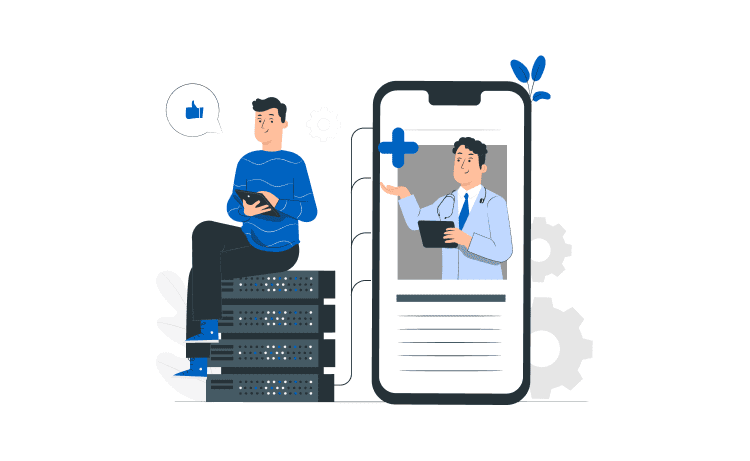
A Comprehensive Guide to Telemedicine App Development



Telemedicine is making healthcare more accessible, reducing inequality, and enhancing flexibility. According to a McKinsey report, 60% of patients prefer telemedicine over traditional, in-person appointments. That’s why telemedicine app development is so large within healthcare organizations Remote medical services solve a lot of problems, including the predicted shortage of medical professionals and healthcare providers.
According to Fortune Business Insight, the telemedicine market promises to reach $559.52 billion by 2027. So, having your telehealth app is not just important but vital.
We created this guide to help you explore various ways of developing telemedicine apps, as well as the timeline, costs, and other insights.
Content
Telemedicine provides medical services remotely using digital technologies, including mobile apps, smartwatch apps, and others. If you want to develop a telemedicine app, we need to discuss the difference between telemedicine and telehealth.
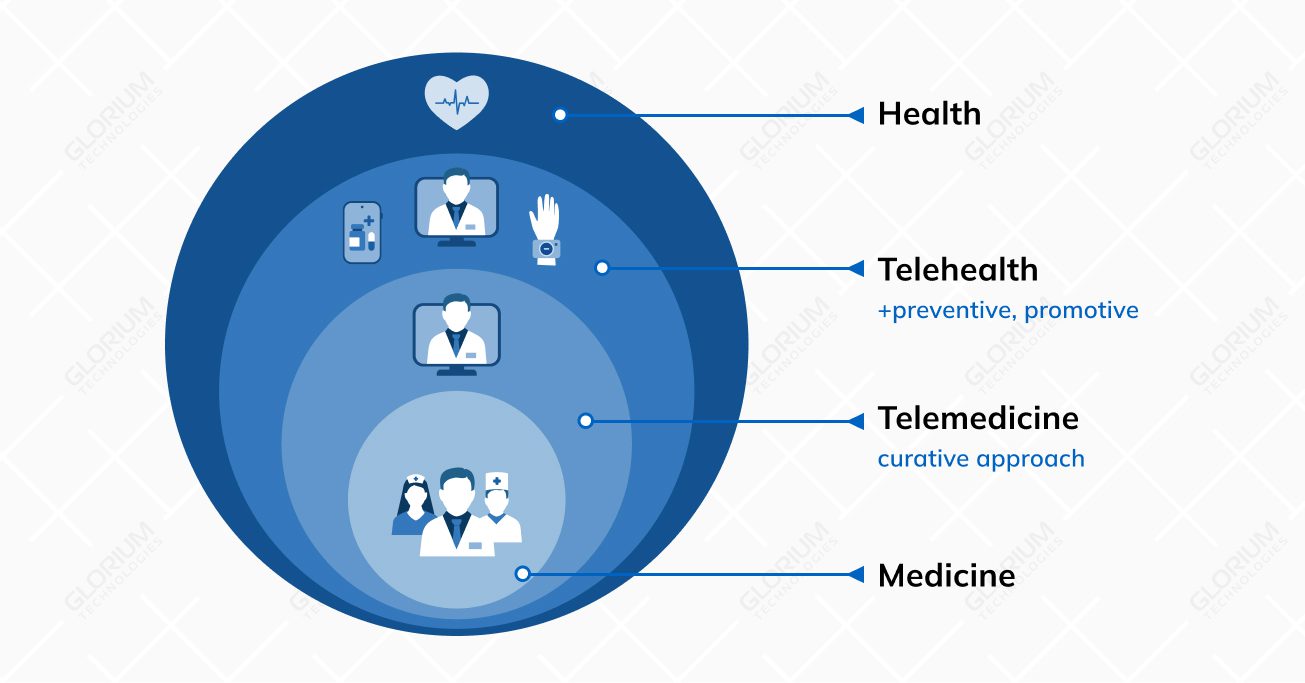
Telehealth platforms cover a more comprehensive range of services, including telemedicine, education, telepharmaceuticals, and other non-clinical services that are eligible for remote delivery. Telemedicine focuses on clinical applications.
There are several modes of medical services available through a telemedicine app:
| Mode type | What is it? | When is it used? |
| Video conferencing | An interactive mode for remote viewing of patients in real-time. | Initial examination and medical history record, diagnosis confirmation, post-traumatic rehabilitation monitoring, and psychotherapy. |
| Consultation | A mode for providing treatment recommendations in voice, text, or asynchronous video format (when data is recorded and transmitted in advance). | Adjusting the treatment plan, advising on medication, prescribing tests, and monitoring after hospital discharge. |
| Prescription issuance | A mode for issuing electronic prescriptions. | A mode for issuing electronic prescriptions. Prescribing home care prescription drugs based on the patient’s electronic medical history and examination results. Here’s how a telemedicine app works: the patient creates an account, searches for a doctor based on symptoms, pays for services after consultation, and receives receipts. |
A telemedicine app can be universal or specialized. A universal telemedicine app is, in fact, a marketplace with the services of various doctors, usually self-employed. A specialized telemedicine app belongs to a clinic. The benefits of deploying a telemedicine app, proven by practical application, are hard to overestimate for doctors and patients.
Telemedicine software development is redefining the present state of the healthcare industry, and it’ll forever change how we receive medical care. It’s connecting providers and patients worldwide, and while the telehealth app development process itself is challenging, with a focused team and a clear vision, it represents an opportunity to take part in the transformative change of healthcare delivery.
Telemedicine apps benefit everyone: patients have flexible access to healthcare, and doctors can effectively manage their time and treat patients.
Telemedicine software has several types of audiences, but doctors are one of the most essential. They interact with the app directly and their input can also be included in the testing and maintenance stage, which we will discuss later.
Here are the benefits of telemedicine app development for doctors:
Data centralization and monitoring
Telemedicine apps have a monitoring system and a database. All patient health information is kept in the electronic record format (EHR). Access to EHR improves treatment efficiency and reduces the risk of medical errors.
Schedule optimization
Generally, healthcare providers work 60-80 hours weekly, and 15% of them admit they’re susceptible to depression. This is an indicator of a challenging work-life balance, affecting the mental well-being of the providers. Telemedicine can help doctors balance their workload and distribute them more evenly.
Automation of administrative processes
A telehealth app can help healthcare providers automate workflows, minimize filing reports, and maintain medical records. This decreases the time spent on routine work, leaving more time for patient care.
Service quality assurance
With remote services, doctors can spend more time on each patient and prescribe treatment faster, positively impacting the quality of the services.
Around 60% of professionals noted telemedicine’s effectiveness in serving patients from cities, suburbs, and villages. Almost 70% of specialists expressed a desire to expand the use of telemedicine in their practice.
Getting ready, hopping on public transport, spending hours in the waiting room, and other pre-appointment traditions are challenging to fit into our daily lives. Many patients have noted that physically seeing the doctor whenever a minor issue occurs is daunting, so they prefer remote services such as telemedicine platforms.
Here are some of the benefits that delights patients:
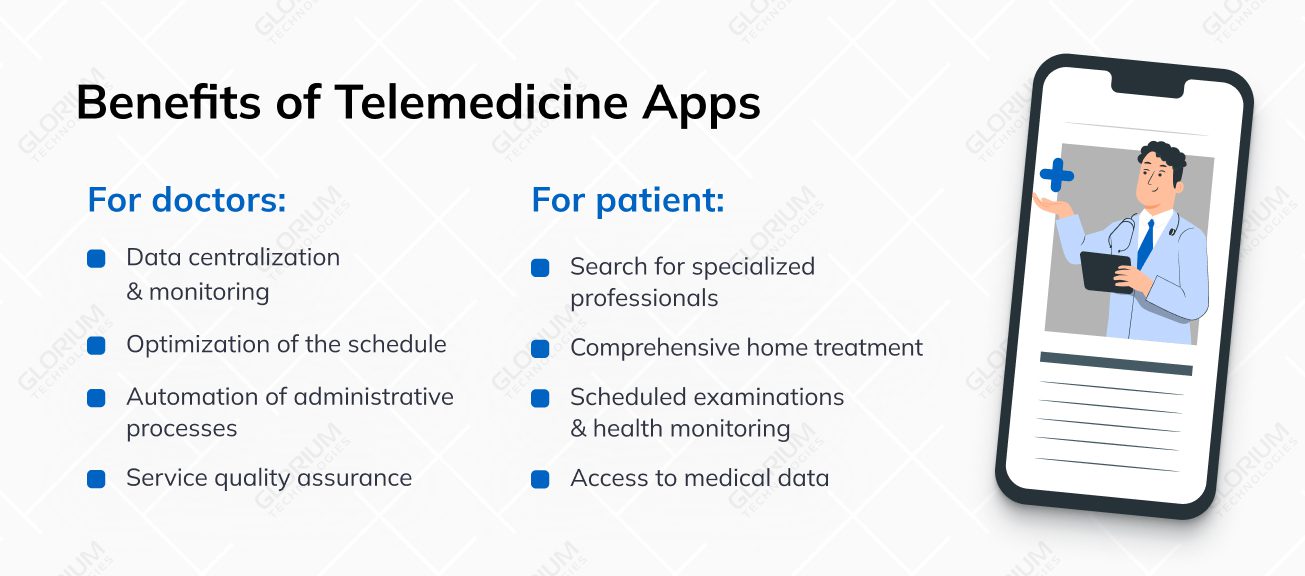
Some patients and doctors still prefer face-to-face interactions, and that’s okay. However, a survey by SingleCare shows that 78% of patients are satisfied with telemedicine services, while 42% think they saved time, and 36% think the online meeting was pleasant and successful. Therefore, it is no surprise that the healthcare industry is now in high demand in the mobile app development market.
You can build your own appointment scheduling app and make it custom-suited to your business needs, but you should keep in mind these general features that make the telemedicine apps.
Must-have features include personalized calendar integration, appointment reminders, and automated appointment confirmations. Additionally, the app should offer remote scheduling for telehealth visits, provide a secure patient portal, and allow for easy management of patient records.
If you want to create a “total package” app, make sure your development team integrates payment acceptance features into the billing system. It would also be a great touch to add a booking for recurring appointments and provide physicians with analytics and reporting tools to help them understand patient trends and make better decisions.
If you want to build a telemedicine app, you should consider these two categories: healthcare providers and patients. They will be your main customers, and you need to create an app that caters to their needs.
Profile
Create a profile feature for your healthcare provider audience to allow them to register and provide detailed information about themselves. They can include their specialization, experience, competencies, and more.
This section serves as a comprehensive overview for patients, helping them make informed decisions when selecting a healthcare provider. Doctors can showcase their credentials, areas of expertise, educational background, certifications, and professional affiliations, thereby establishing trust and credibility with potential patients.
Calendar
Adding the calendar to your app enables healthcare professionals to manage their schedules efficiently, monitor appointments, and accommodate changes based on requests. This feature enhances time management and organization, allowing doctors to optimize their availability and ensure seamless coordination with patients. With intuitive scheduling capabilities, doctors can avoid double bookings, set reminders for upcoming appointments, and maintain a structured workflow for delivering patient care.
Access to electronic health records (EHR)
Healthcare providers need to review information about their patients to help them with diagnosis, medication changes, and more. Granting them access to the database allows them to view electronic medical records (EMRs) and obtain comprehensive data.
Adding this feature to your providers’ side of the app is essential to help them make informed decisions, provide personalized care, and streamline the diagnostics and treatment process. Additionally, seamless integration with EHR systems ensures data accuracy, confidentiality, and compliance with healthcare regulations.
Communication channels
One of the reasons telemedicine apps are so popular and helpful is the ability to communicate with doctors and patients. Communication channels are essential for telemedicine apps to allow healthcare providers to interact with their patients.
This can happen via text messages, voice calls, or video sessions. The best solution is to add all three options. This feature is highly effective when the doctors’ schedule is all booked, but they still need to provide ongoing support to other patients, monitor their medication intake, and more.
Document exchange
Everyone who’s ever been to a doctor’s office knows how much document-transferring goes on there. Healthcare providers print and hand out prescriptions, diagnoses, insurance documents, and so on. Without an efficient document exchange feature, telemedicine wouldn’t work.
With this feature in the app, doctors can electronically transmit prescriptions and referrals to pharmacies and diagnostic centers, eliminating the need for paper-based documentation.
Payment management
Payment management functionality enables doctors to receive payment for services rendered through a built-in payment gateway. This streamlines the billing process and enhances financial transparency. Patients can conveniently make payments for consultations, treatments, and other services directly through the app, with automatic generation and sending of receipts for completed transactions.
This feature simplifies payment reconciliation, reduces administrative burdens, and ensures timely and secure processing of payments, enhancing the overall patient experience and facilitating efficient revenue management for healthcare providers.
On the other side of your telemedicine app, patients will receive care from their doctors. We have already discussed the doctor’s side of the app and its essential features. Now, it’s time to explore the must-have features for patients.
Patients should quickly and easily be able to schedule appointments, manage them, receive reminders, and view past visit history. They should feel comfortable contacting their providers directly from the app and requesting follow-ups.
While the doctor’s side of the app mainly concentrates on improving workflow, the patient’s side focuses on the user’s well-being, sending them health tips, important updates, and other information.
These are the must-have features of telemedicine apps that patients will love:
Registration
Mobile apps are known for their account creation features. A personal account is a space where users don’t fear sharing their characteristics. Your app should have a registration feature that allows patients to create an account within the app, provide personal information, and personalize their experience.
Health records
Patients need access to their medical records, including electronic health records (EHRs). They should be able to securely view their medical history, diagnoses, medications, and treatment plans within the app. This feature caters to the needs of patients and encourages them to take care of their well-being.
Calendar
Appointment management becomes more accessible if it’s synchronized and integrated with Google Calendar or other primary calendar options. With this feature, patients will be able to schedule, view, and manage appointments seamlessly.
Most calendars have notification features that remind the users about upcoming events and appointments. So, this feature minimizes the risks of missed visits.
Geolocation
The geolocation feature is great for patients who are looking for nearby medical professionals and pharmaceutical facilities. This feature enables patients to locate healthcare providers, pharmacies, and other relevant services based on their current location, enhancing accessibility and convenience.
Search
The search feature is a must-have for all apps, especially for telemedicine apps. Patients can easily search for specialists based on various criteria such as profile, location, language, or rating. This feature facilitates informed decision-making by allowing patients to find healthcare providers that best meet their specific needs and preferences.
Communication channels
Similar to healthcare providers, patients also benefit from communication channels in the app. Your telemedicine app should offer multiple communication methods, including video, chat, and voice. This allows patients to communicate with their healthcare providers without booking additional physical visits and without intruding on them.
Payments
Transactions for healthcare services are facilitated through built-in payment gateways such as PayPal, Stripe, or Braintree. Patients can securely make payments for appointments, treatments, and other services directly within the app, streamlining the billing process and ensuring financial transactions are conducted with ease and transparency.
Rating
Rating and reviews system has been known to help other users find suitable healthcare providers. Your telemedicine app should have a rating system where patients can provide feedback and evaluate the quality of service. This not only helps patients express themselves, report incomplete service, or give recommendations but also helps other users to find trusted and helpful professionals.
Building a telemedicine app isn’t as simple as following four steps, but we can describe the development process in four essential stages that will give you direction.

It is crucial to create a minimum viable product (MVP) with the main features to test your idea in real life and validate that there is demand for it. Only after being able to sell MVP is it worth investing in further development and improvement.
We come across cases when founders don`t get enough interest from a market to their MVP, and instead of accepting it and switching to working on another idea, they invest tons of resources into developing some extra features to make this product more appealing. It is a core mistake as if the big idea isn`t successful, no additional functionality will improve it. So, MVP is needed to ensure you are moving in the right direction.
Anton KumechkoProject Manager, Glorium Technologies
Telemedicine app development is a tricky process and requires professional attention, expertise, and a specific tech stack.
| Technology | How is it used? | What is the result? |
| AI | Automating the interaction with the application and improving the user experience. | Natural language processing and speech recognition technology. |
| Internet of Things | Connection of intelligent wearable devices (fitness trackers, Thermal Stress Meters, etc.), which collect data about the patient’s condition and transmit it to the doctor. | Remote patient monitoring, reminders about medication intake, emergency prevention. |
| Big data | Collecting and analyzing many electronic medical records. | Making accurate diagnoses, conducting examinations, prescribing medications and drawing up individual treatment plans. |
| Blockchain | Storing medical data on secure servers and exchanging files in an encrypted format over distributed networks. | Guarantee of 100% confidentiality. |
The number and specificity of modern technologies implemented in the application are one of the factors that determine the final to create a telemedicine app and development cost.
It is easy to calculate the cost of software development if you know the approximate time to complete the project. To find out how long it takes to develop an application for Android and iOS, you need to estimate the timing of the stages roughly.
To calculate the cost of telemedicine solution development, it is required to estimate what experts to involve and how much time each of them is to spend. So, the budget depends on the complexity of a project.
Clarification of the client’s request and rough estimations of resources needed is done during the initial phase of implementing a project, which is discovery, when we define requirements for the future solution, determine the solution plan, technical team composition, and product details. After it is done, we provide rough budget estimates so that a client can understand the lower and upper bounds of the cost.
Within the project implementation, a client gets a detailed report with the precise cost of work done on a monthly basis.
Anna VoznaClient Success Manager, Glorium Technologies
The final cost of the app depends on many factors: the complexity of the functionality, the scale of the project, the technology stack, and the developer’s location. If you want affordable pricing, telemedicine app development services will always help you avoid double work and keep costs low.
If you are looking for a reliable provider to build your own telemedicine application, choose one with experience in the field, familiar with the specific requirements and technical aspects of developing a telemedicine app. This includes understanding the various regulations and standards that must be followed and the security protocols necessary to protect patient data.
For example, the Glorium Technologies team is well-versed in the latest trends and technologies in the telemedicine market. Contact us today to find out how we build telemedicine apps, how we can help you embody your idea, and get an approximate project scope.
Telemedicine app development costs may include:
Core feature set: Developing essential features like video consultations, appointment scheduling, electronic health record (EHR) integration, and secure messaging forms the foundation of the app. The complexity and customization of these features can impact development costs.
Compliance and security: It ensures compliance with healthcare regulations (HIPAA and etc.) and implements robust security measures to protect patient data are critical aspects that may incur additional expenses.
User experience (UX) design: Crafting an intuitive and user-friendly interface enhances patient engagement and satisfaction. Costs associated with UX design depend on the level of customization and complexity desired.
Platform compatibility: Building the app for multiple platforms such as iOS, Android, and web requires additional development efforts and may increase costs accordingly.
Integration with existing systems: Integrating the telemedicine app with existing healthcare systems, such as EMRs or practice management software, may involve additional expenses for customization and interoperability testing.
Maintenance and support: Ongoing maintenance, updates, and technical support services are essential for ensuring the smooth functioning and longevity of the telemedicine app. Budgeting for these recurring costs is crucial for long-term success.
Overall, while telemedicine app development cost may vary depending on the specific requirements and scope of the project, investing in quality development and compliance measures is essential for creating a reliable and effective healthcare solution.
Let’s talk about MouthWatch – an excellent product and a pioneer in dental technology. They developed an impressive teledentistry platform featuring a specialized intraoral camera for remote diagnostics. Diagnosing dental diseases remotely seems unimaginable, but they manage it.
One issue arose, though. Integrating this camera with a modern software platform was challenging.
Glorium Technologies team devised a comprehensive platform that facilitated appointment scheduling through its interface and enabled smooth integration with other scheduling systems. The platform could support large-scale web conferences, accommodating up to 2,000 participants. This feature underscored our teams’ capability to deliver large-scale healthcare communication needs solutions.
As it’s requested when developing telehealth and telemedicine apps, our team adhered to HIPAA standards and ensured the platform was secure and scalable. This consideration was crucial for maintaining patient data privacy and meeting the evolving demands of healthcare providers.
As the demand for high-quality telemedicine apps and telehealth platforms surges, Glorium Technologies stands at the forefront, enabling healthcare providers to connect with patients and offer remote healthcare services efficiently.
Telemedicine app development and telehealth applications remain ahead of the curve when it comes to transforming healthcare delivery systems and improving the accessibility, convenience, and efficiency of care. With the progressive evolution of technology and changes in legal frameworks, the potential for further development of telemedicine software is still enormous.
It is important to be up to date with the latest trends such as new innovations in the development of telemedicine apps, focus on security and privacy measures, as well as keeping abeast with the ever changing legal frameworks that govern the development of telemedicine apps.
Thus, if you provide healthcare services, user trust may be gained through open practices, and by examining various monetization options, telemedicine apps can revolutionize the industry.
When it comes to the development of telemedicine apps, one should work with a reliable company with significant experience in the field of healthcare technologies.
By building the right team and ensuring that your telemedicine app is of high quality and adheres to the necessary compliance standards, your program has the potential to revolutionize healthcare and improve patient experience around the globe. Contact us, and let`s redefine the future of healthcare.
Telehealth solutions are more extensive than telemedical ones; they include telemedical consultations, remote telemetry, wellness programs, and much more.
A telemedicine application, however, primarily focuses on a clinical area that delivers on-demand medical consultation or diagnostic services.
The difference between the two options lies in the goal you set for your healthcare and the services that will be delivered.
However, if you want to deliver more extensive health services that are not confined to simple consultations through the phone, the telehealth app is perfect for that.
Still, if you want to enhance direct interactions between doctors and patients by allowing the former to consult via video calls or build an application for online appointments, it is what is called telemedicine app development.
Designing a superior telemedicine application requires a careful approach and commitment to delivering an incredible user experience.
Further advance the software through the following features: secure video calls, mobile telehealth app functionalities, EHR compatibility, and getting cost estimations of the application in real-time when it is being developed using a mobile telemedicine app.
When it comes to the matter of security features, as mentioned above, end-to-end encryption and multi-factor authentication must remain an inherent part of the application since they foster trust among customers.
Choosing an experienced telehealth app developer who understands all the peculiarities of tech telemedicine app development is essential to creating an effective telemedicine app and having a competitive advantage in the market.
Mobile telehealth apps can also be termed telehealth mobile applications, and both terms are used interchangeably, pulling into one reference: software applications whose primary use is to deliver health services over a remote region through the use of a smartphone or even a tablet.
In this case, to ensure that you have the opportunity to reach a large number of clients, it will be appropriate to focus on the enhancement of the features of the mobile telehealth application, such as accessibility, reliability, and compatibility.
In today’s world, with the increased practice of using mobile gadgets to get the necessary services, such an approach guarantees that many patients will be able to contact your services.
With a mobile telehealth solution and app, you cover more areas and provide further advancements to the sector by offering exclusive features and a user-friendly interface.
There are many important factors to consider when developing a telehealth app in order to create a seamless, high-quality application. First, emphasize that the platform should be designed with a user-oriented approach, with an emphasis on the UX/UI design.
For this application, we recommend enhancing data and the patient’s medical history protection measures such as encrypting the data, high-level user authorization, and adherence to industry regulations in healthcare like HIPAA.
Original telemedicine apps, EHR systems, and telehealth mobile app features allow for a streamlined flow without requiring major additional functionality.
Constant tests and active data gathering to identify any imperfections in the format of the telemedicine app are critical in improving the performance of the app for use by the patients and other professionals in treatment delivery while keeping the telehealth app development cost implyable.
Telemedicine integration is the process of adding existing telehealth apps into your new telehealth application, and this implies one has to have the necessary skills in both telehealth application development and software integration.
This can be done by partnering with a reputable software development company that can offer years of experience in the development of telehealth application and you should ensure that the company has knowledge on how to incorporate other telemedicine platforms.
Integration itself involves guaranteeing interoperability, effective transfer of data, and delivering a similar experience as a user of both systems.
With the integration of telehealth apps and your full telehealth platform, patients will receive a complete solution to their healthcare requirements. Telehealth presents an opportunity to advance the accessibility of healthcare services in terms of reach, effectiveness, and variability.
Telemedicine platforms and telehealth app development services may prove to be valuable to healthcare organizations in the delivery of healthcare services and the provision of care for patients with specific conditions.
These services allow for the design of functional applications for telemedicine, which can support multiple consultations and data exchange and contribute to efficient care delivery processes.
A telehealth app development solution can be described as a full-cycle service that involves the development of telemedicine applications from scratch until their integration into practice.
It covers all the activities related to telemedicine modality in terms of design, development, and implementation of telemedicine applications for efficient functioning without compromising the quality of the applications and the usability they allow for.

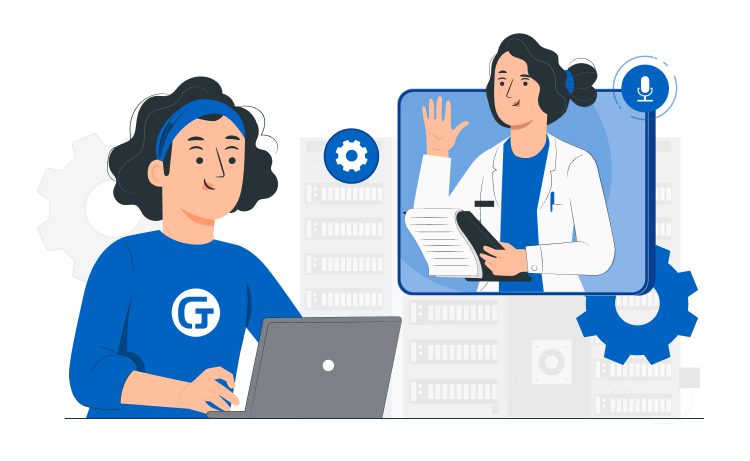
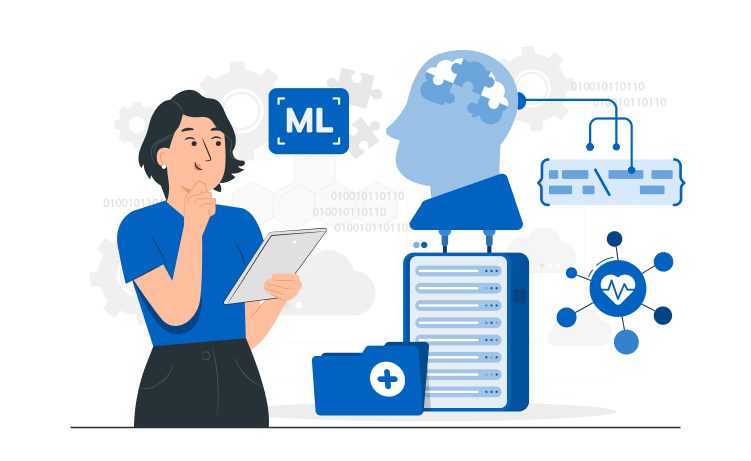
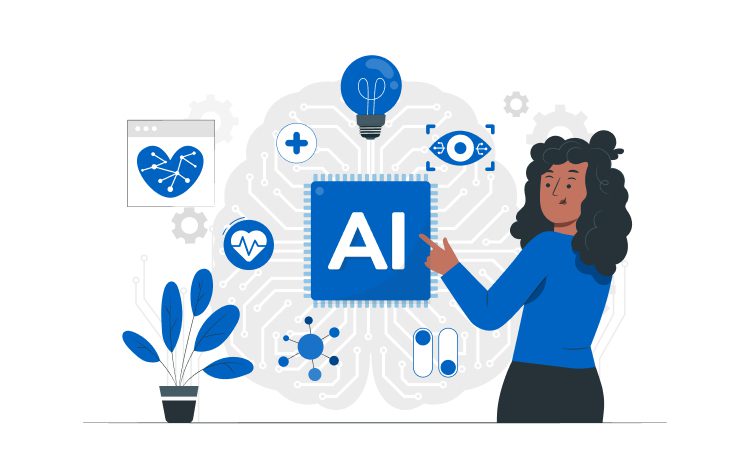
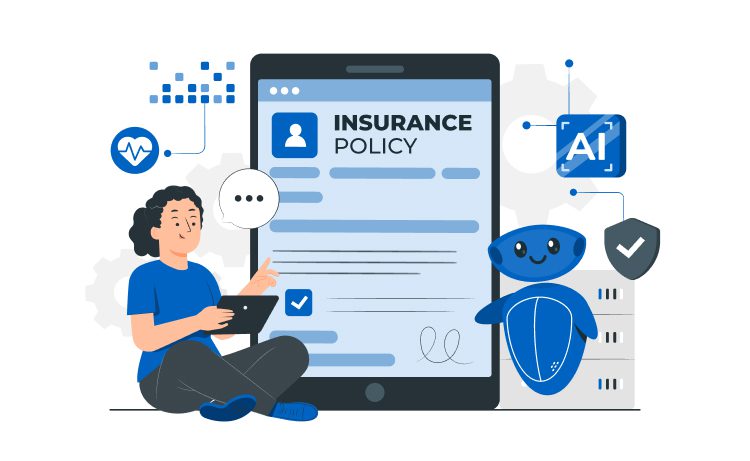
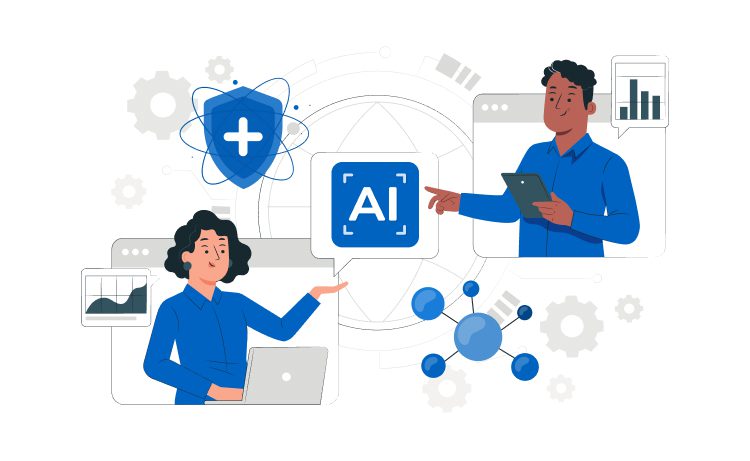
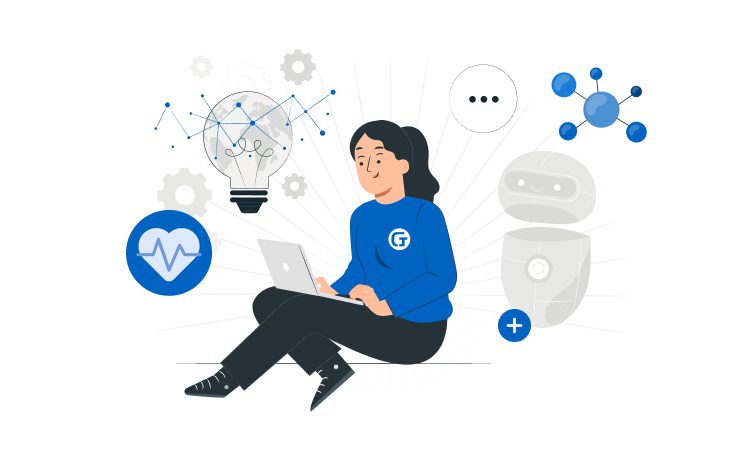

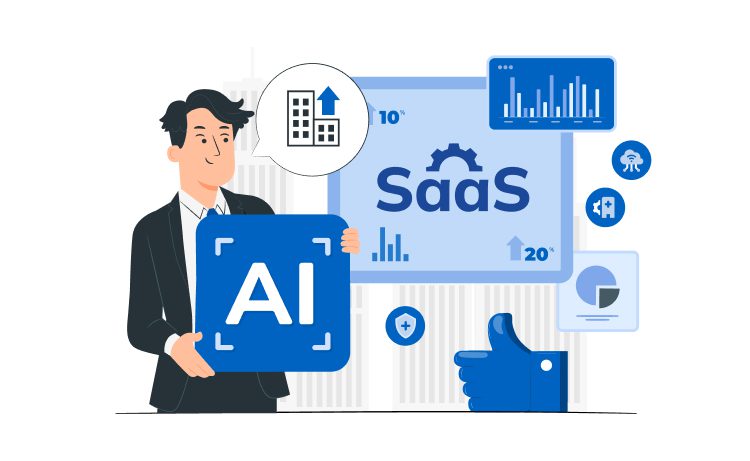
| Cookie | Duration | Description |
|---|---|---|
| cookielawinfo-checkbox-analytics | 11 months | This cookie is set by GDPR Cookie Consent plugin. The cookie is used to store the user consent for the cookies in the category "Analytics". |
| cookielawinfo-checkbox-functional | 11 months | The cookie is set by GDPR cookie consent to record the user consent for the cookies in the category "Functional". |
| cookielawinfo-checkbox-necessary | 11 months | This cookie is set by GDPR Cookie Consent plugin. The cookies is used to store the user consent for the cookies in the category "Necessary". |
| cookielawinfo-checkbox-others | 11 months | This cookie is set by GDPR Cookie Consent plugin. The cookie is used to store the user consent for the cookies in the category "Other. |
| cookielawinfo-checkbox-performance | 11 months | This cookie is set by GDPR Cookie Consent plugin. The cookie is used to store the user consent for the cookies in the category "Performance". |
| viewed_cookie_policy | 11 months | The cookie is set by the GDPR Cookie Consent plugin and is used to store whether or not user has consented to the use of cookies. It does not store any personal data. |